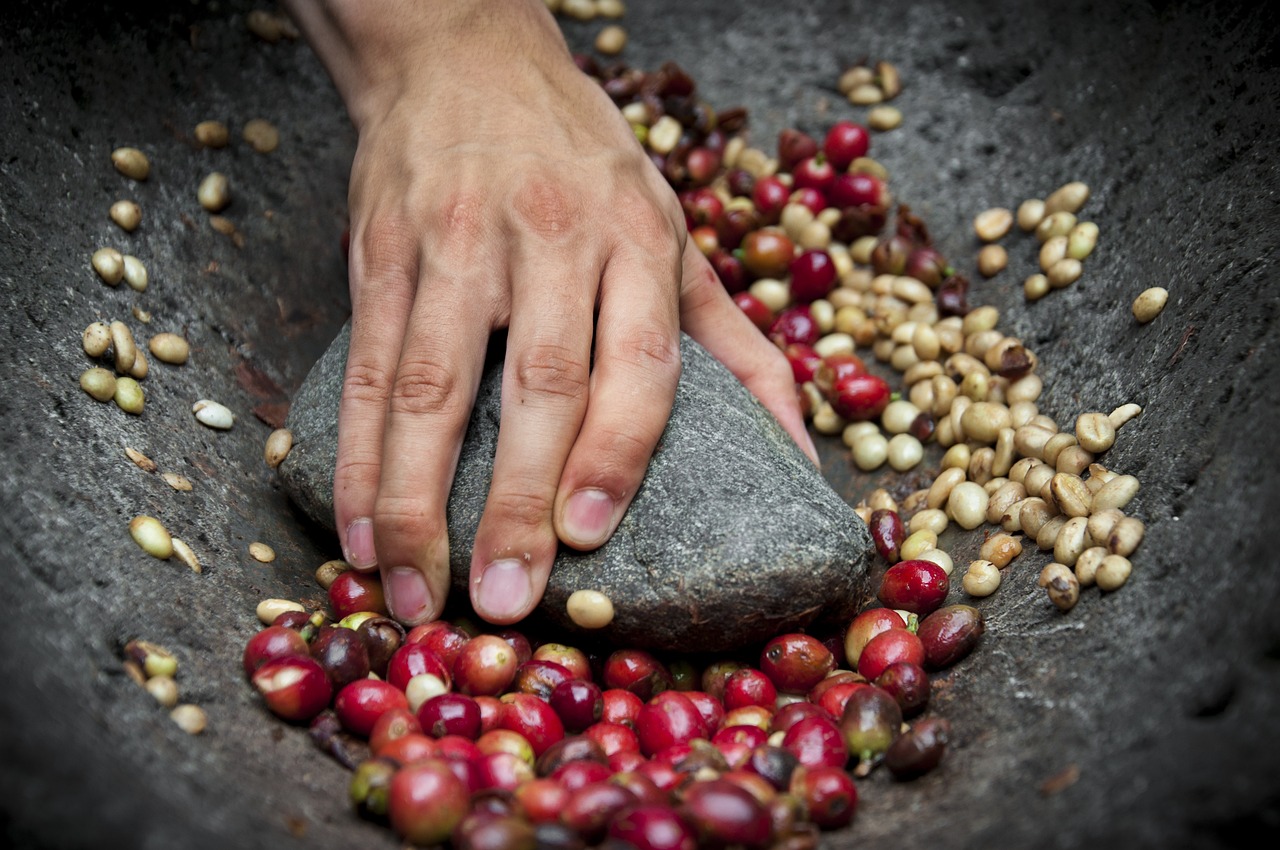
If you’re a coffee fan, this will wake you up: Without diversifying the arabica coffee plant, its market dominance might be at risk. Annual coffee production is about 10 million metric tons and is one of the world’s top traded commodities. About 60 percent of it is arabica which a new study traced to Ethiopia at least 600,000 years ago. The study found that the arabica population rose and fell with changes in the Earth’s climate over thousands of years. Eventually, people came across the plant and began growing it in Ethiopia but primarily in Yemen.
Today, chains like Starbucks and Tim Hortons exclusively use arabica beans to brew up millions of cups every day. However, the new study highlighted arabica’s limited genetic diversity which is caused by a small population size and interbreeding. This means the arabica plant is susceptible to pests and diseases, especially coffee leaf rust, which limits where it can be grown.
The study used state-of-the-art genomics to compare 39 cultivated arabica varieties. They’re estimated at just 10,000 to 50,000 thousand individuals, which is a small number. One variety that was a spontaneous hybrid of arabica is the Robustra strain. It’s more disease resistant and is used to make instant coffee.
Researchers are working to develop other varieties. The hope is that by understanding its origins and genetics, they can keep the world’s favorite coffee thriving.
More Information
The genome and population genomics of allopolyploid Coffea arabica reveal the diversification history of modern coffee cultivars
Modern genomic tools and a detailed understanding of the origin and breeding history of contemporary varieties are vital to developing new Arabica cultivars, better adapted to climate change and agricultural practices.
Newly sequenced genome reveals coffee’s prehistoric origin story — and its future under climate change
The key to growing coffee plants that can better resist climate change in the decades to come may lie in the ancient past. Researchers co-led by UB have created what they say is the highest-quality reference genome to date of the world’s most popular coffee species, Arabica, unearthing secrets about its lineage that span millennia and continents.
University at Buffalo researchers look into past of the coffee bean to create a high quality genome
Coffee plants are very sensitive to their environment, which is why they are not grown everywhere. With climate change, will farmers who grow the precious beans always be able to do so? Researchers from the University at Buffalo declared that the key to growing coffee plants that can better resist climate change in the decades to come may lie in the ancient past. They have created what they say is the highest quality reference genome to date of the world’s most popular coffee species, Arabica, unearthing secrets about its lineage that span millennia and continents.